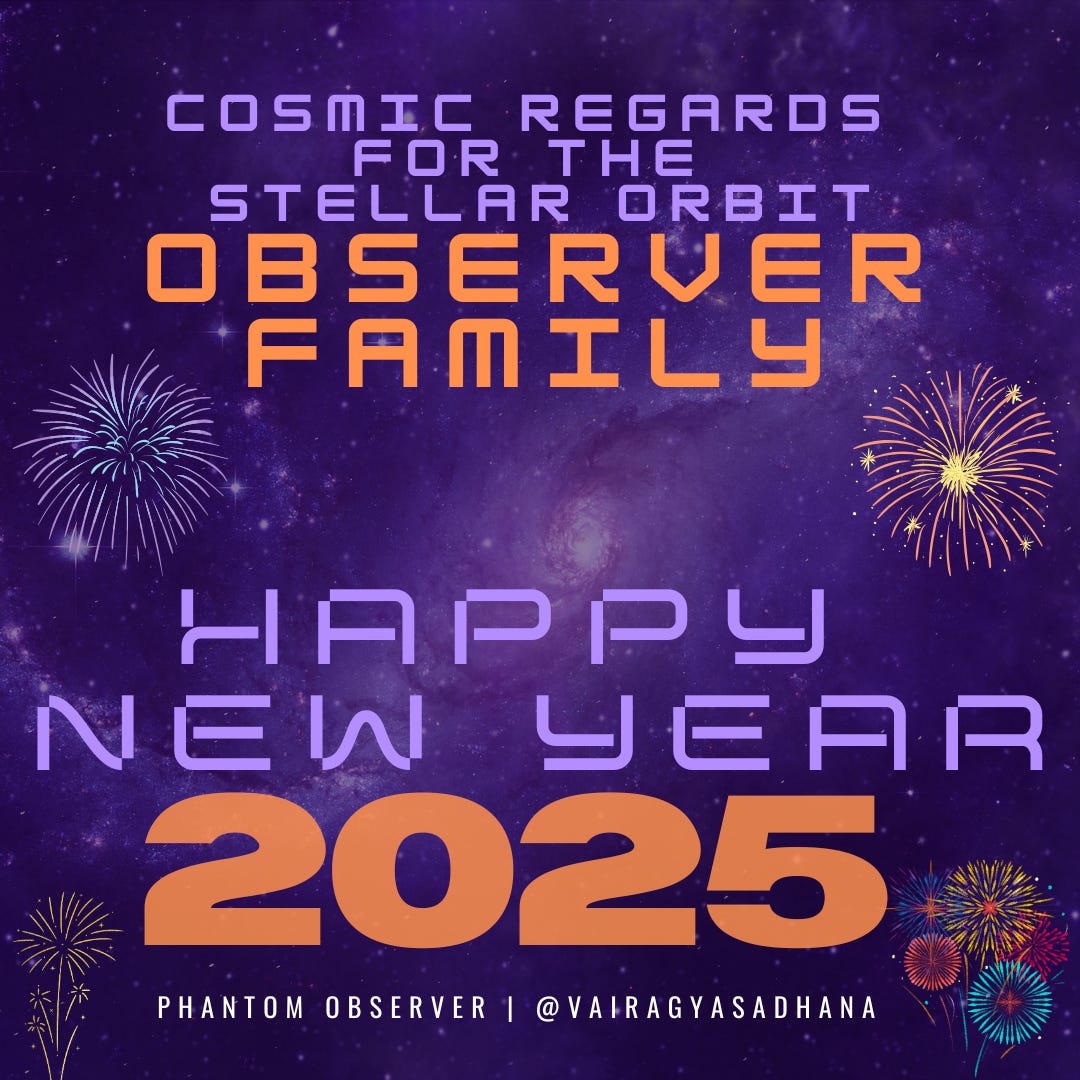As 2025 begins, our collective orbit around the sun offers a natural moment for reflection—a chance to pause, recalibrate, and consider the systems that shape our world. This year, I’m inviting you to join me on a journey through the intricate webs of socio-technical systems, where technology and human behavior collide in fascinating, unpredictable ways.
Whether we’re talking about social media platforms, artificial intelligence, or space exploration, these systems don’t exist in isolation. They are built on assumptions about human behavior—assumptions that, while well-intentioned, often fail to account for the beautiful, messy complexity of humanity.
Technology and Human Behavior: A Two-Way Street
Have you ever stopped to think about how the tools you use shape the way you think and act? More importantly, have you considered how your own behavior influences the technology you use?
Every app, algorithm, or platform we encounter operates based on a model of how humans are expected to behave. Engineers and designers bake these expectations into the system—anticipating what we’ll click, how we’ll interact, or what we’ll value. But here’s the twist: human behavior is dynamic. We adapt. We surprise. We defy expectations.
This tension between static design assumptions and fluid human behavior creates gaps—mismatches that can lead to inefficiencies, biases, or unintended consequences. A social media algorithm might amplify divisive content because it assumes outrage drives engagement. A navigation app might suggest a route without considering how it affects local communities.
So, how do we bridge these gaps?
Enter Systems Thinking
Systems thinking offers a powerful framework for understanding and addressing these challenges. Unlike traditional problem-solving methods that isolate components, systems thinking zooms out to examine the relationships, feedback loops, and ripple effects that connect them.
For instance, a socio-technical system like an AI algorithm isn’t just a piece of code—it’s a part of a larger ecosystem involving data, users, institutions, and societal norms. Systems thinking helps us see these interconnections, allowing us to design solutions that are not only effective but also adaptive to change.
One of the key insights from systems thinking is the importance of feedback loops. These loops can either reinforce a behavior (positive feedback) or stabilize a system by countering change (negative feedback). Understanding these dynamics is crucial to creating systems that evolve alongside us, rather than locking us into rigid patterns.
Why Tech Literacy Matters
In a world increasingly defined by the systems we create, tech literacy is no longer optional—it’s essential. But tech literacy isn’t just about knowing how to use a device or application. It’s about understanding the assumptions embedded within the systems we rely on and recognizing their potential ripple effects.
For example:
What values are prioritized by the AI recommending your next movie?
How does your favourite app shape the way you interact with friends and family?
What hidden biases might exist in the tools we use to explore outer space?
These are the kinds of questions tech literacy equips us to ask. It’s about cultivating curiosity, critical thinking, and a willingness to navigate complexity.
Space: The Ultimate System
Nowhere is the interplay of systems more evident than in space exploration. Space is the final frontier—not just physically but also conceptually. It represents the ultimate socio-technical system, requiring a synthesis of engineering precision, human ingenuity, and systems thinking.
As we expand our presence beyond Earth, we must grapple with questions that are as much ethical as they are technical:
How do we design space systems that are resilient to the unpredictability of human behavior?
What principles should guide our interactions with extraterrestrial environments?
How can we ensure that space remains a shared resource, rather than a contested domain?
These questions highlight the importance of adaptability, foresight, and collaboration. The lessons we learn in space will undoubtedly shape how we approach systems here on Earth—and vice versa.
Designing for the Unexpected
The challenge—and opportunity—of the future lies in designing systems that embrace, rather than resist, the unpredictability of human behavior. This means creating tools and technologies that are flexible, responsive, and capable of evolving over time.
Imagine a social media platform that learns to foster meaningful connections rather than divisive debates. Or an urban planning system that adapts to the needs of changing communities. Or a space habitat that can accommodate the quirks and surprises of human explorers.
These possibilities aren’t just the stuff of science fiction—they’re within reach, provided we approach them with a systems mindset.
Looking Ahead
As an engineer and observer, I’m endlessly fascinated by the intersections of human behavior, technology, and systems thinking. These intersections are where the most pressing questions—and the most exciting opportunities—live.
This year, I’ll be diving deeper into these topics, exploring how we can navigate the complexities of the systems that define our lives. From analysing feedback loops to imagining the future of space exploration, this journey will be as much about asking questions as it is about finding answers.
I invite you to join me. Let’s unravel the mysteries of the systems we’ve built—and the humans they’re built for. Let’s challenge assumptions, embrace complexity, and co-create a future that’s as dynamic and adaptable as we are.
Here’s to our next stellar orbit. Happy New Year 2025 !!



